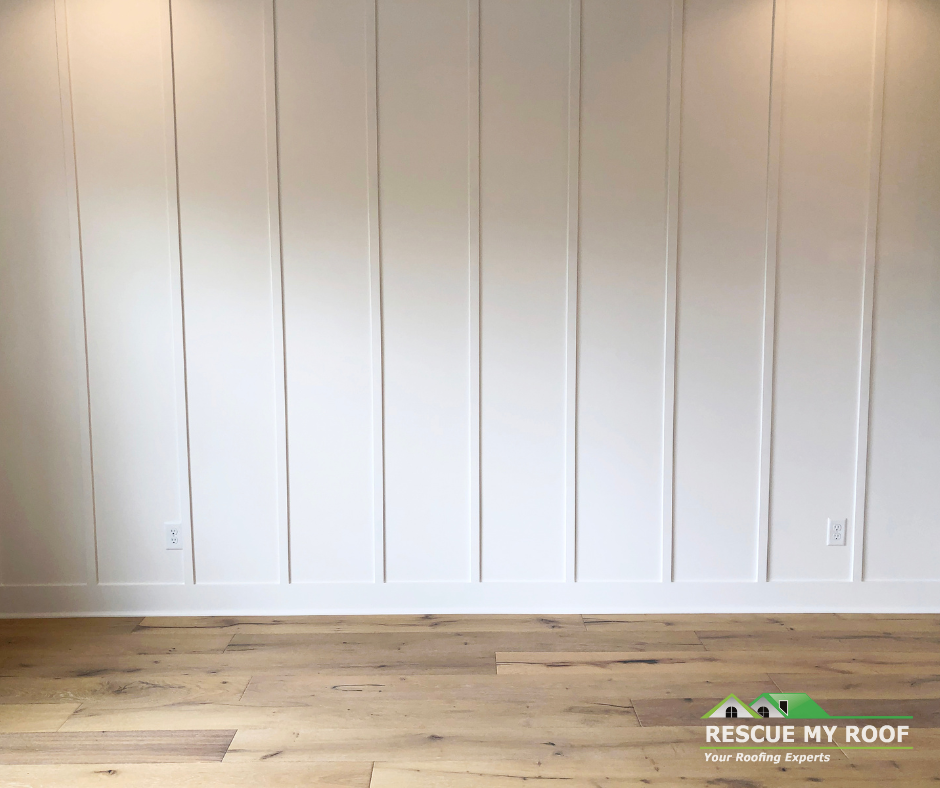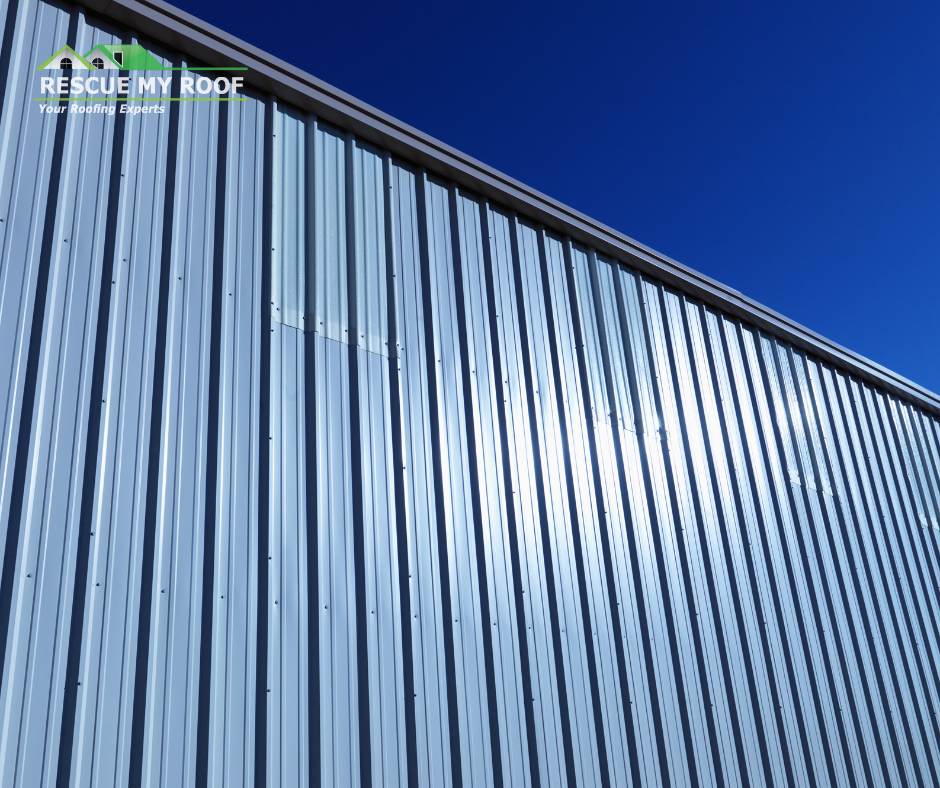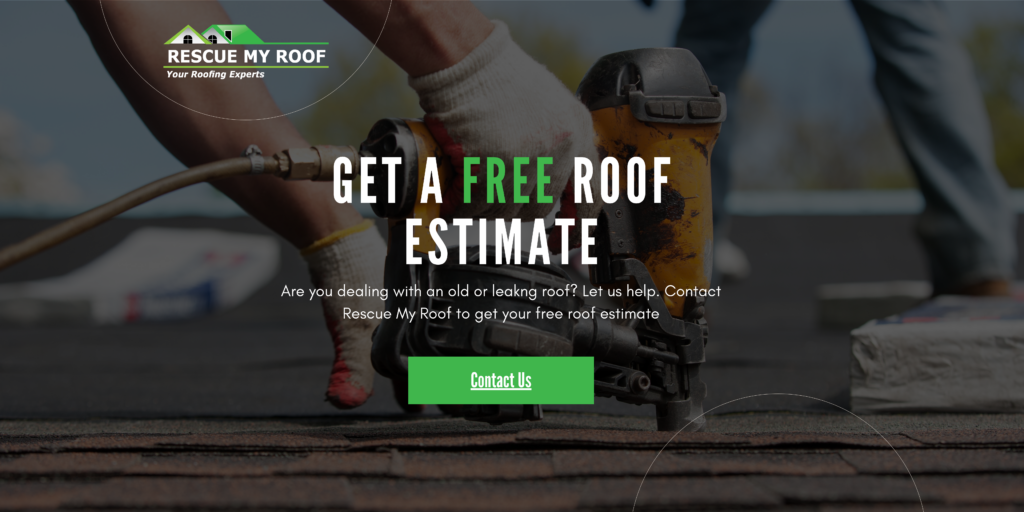Best Vertical Siding Styles to Enhance Home’s Exterior (Top 6 Options)
When it comes to choosing the right exterior siding for your home, vertical siding styles can make a unique statement and create a modern look that enhances curb appeal. Unlike traditional horizontal siding, vertical siding runs from top to bottom, giving homes a taller, sleeker appearance and adding a dynamic element to the architecture.
Rescue My Roof has been a leading educator in the siding industry for over a decade. We’re here to help you understand the potential siding styles for your home so you can be the envy of the neighborhood.
If you’re considering vertical siding for your home, this guide explores popular styles, the materials commonly used, and key factors to help you decide which option is best for your needs.
Why Choose Vertical Siding?
Vertical siding has grown in popularity in recent years due to its versatility and eye-catching design. Here are some of the top reasons homeowners choose vertical siding:
- Modern Aesthetic: Vertical lines naturally draw the eye upward, giving homes a sleek, modern look that works well with various architectural styles.
- Easy Maintenance: Vertical siding panels are often easier to clean since dirt and moisture have less opportunity to settle on the panels.
- Increased Durability: Some vertical siding materials, like metal or engineered wood, can offer additional durability, especially in areas prone to harsh weather.
Top 6 Popular Vertical Siding Styles
Let’s explore the most popular vertical siding styles, each with unique qualities that can enhance your home’s appearance.
1. Board and Batten Siding

Board and batten is one of the oldest and most traditional vertical siding styles, dating back to barns and farmhouses. This style combines wide boards and narrow battens (strips) that cover the seams between each board, creating a unique layered look.
- Best For: Traditional, farmhouse, or rustic-style homes
- Material Options: Wood, vinyl, fiber cement, and engineered wood
- Advantages: Adds depth and texture, has a classic look, and can suit both rustic and modern homes
2. Vertical Panel Siding
Vertical panel siding, also known as “sheet siding,” consists of large panels that provide a clean, streamlined look. It’s often used in modern or minimalist architecture and can make small homes appear larger with its seamless design.
- Best For: Modern and minimalist-style homes
- Material Options: Vinyl, metal, fiber cement, and wood
- Advantages: Minimal seams for a clean look, quick installation, and suitable for a range of materials
3. Reverse Board and Batten
Reverse board and batten is a twist on the classic board and batten style. In this style, the battens are wider than the boards, creating a slightly inverted appearance. This option provides a similar layered texture but with a more subtle effect.
- Best For: Transitional and contemporary homes
- Material Options: Wood, engineered wood, and fiber cement
- Advantages: Unique take on a classic style, adds texture without overwhelming, and ideal for modern aesthetics
4. Metal Vertical Siding

Metal siding in vertical panels is an excellent choice for those who prefer an industrial, contemporary look. It is often used in commercial buildings, but it’s increasingly popular in residential construction for its durability and resistance to weather damage.
- Best For: Industrial, contemporary, and minimalist-style homes
- Material Options: Steel and aluminum
- Advantages: Highly durable, resistant to pests and fire, and low maintenance
5. Shiplap Vertical Siding
Shiplap, traditionally used in horizontal applications, can also be installed vertically for a more unique appearance. This style features interlocking planks with a rabbet joint, creating a clean, overlapping look. Vertical shiplap is popular for coastal homes and modern farmhouse styles.
- Best For: Farmhouse, coastal, and cottage-style homes
- Material Options: Wood, vinyl, and fiber cement
- Advantages: Versatile design, can be painted or stained, and offers a casual yet refined look
6. Lap Vertical Siding
Lap siding is typically installed horizontally, but it can be used vertically for a fresh, unique look. Lap vertical siding features overlapping boards, which help improve water resistance by shedding water away from the home.
- Best For: Modern, transitional, and eclectic-style homes
- Material Options: Wood, vinyl, fiber cement, and engineered wood
- Advantages: Increased water resistance, can be painted or stained, and works well on homes in areas with heavy rain
Materials Commonly Used for Vertical Siding
Choosing the right material is just as important as selecting the right style. Here’s a quick overview of the most popular materials for vertical siding:
- Vinyl: Affordable, durable, and low-maintenance, vinyl is available in various colors and textures, making it suitable for multiple vertical siding styles.
- Wood: Known for its natural beauty, wood siding offers unique grains and can be stained or painted. It’s best suited to traditional styles, though it requires more upkeep than other materials.
- Fiber Cement: Fiber cement is durable, fire-resistant, and low-maintenance, mimicking the look of wood without the extensive upkeep.
- Engineered Wood: This material combines the natural beauty of wood with increased durability and moisture resistance, making it a popular choice for board and batten styles.
- Metal: Metal siding, particularly steel or aluminum, is incredibly durable and low-maintenance, ideal for modern and industrial designs.
How to Choose the Right Vertical Siding Style for Your Home
When selecting a vertical siding style, consider the following factors:
- Home’s Architectural Style: Choose a style that complements your home’s existing architecture. For instance, board and batten works well on rustic and farmhouse-style homes, while vertical panels suit modern or industrial designs.
- Climate and Durability Needs: In areas prone to extreme weather, opt for durable materials like metal or fiber cement, which withstand moisture, heat, and wind better than wood.
- Maintenance Requirements: Consider how much maintenance you’re willing to commit to. Materials like vinyl and metal require less upkeep, while wood siding may need regular sealing and painting.
- Budget: Pricing varies widely among materials, so assess your budget to see which material and style offer the best value for your needs.
Is Vertical Siding Right For You?
Vertical siding styles offer homeowners the opportunity to stand out with unique aesthetics and enhanced curb appeal. Whether you’re drawn to the traditional charm of board and batten, the sleek lines of vertical panel siding, or the modern look of metal, vertical siding has options to suit every taste and home style.
Be sure to consult with a professional contractor to determine which style and material will best complement your home and fit within your budget. With the right vertical siding, you can create an exterior that not only looks beautiful but also offers durability and protection for years to come.
Learn more with “How to Spruce Up the Look of Your Siding” and “Choosing the Best Siding Material for Your Home: A Complete Guide.”
Is your siding old or leaking? Allow the experts at Rescue My Roof to help. Contact us today to get a free estimate.


